Harmonious Fusion: The Magic of Orchestra and Choir Collaborations

When considering the harmony created by orchestras and choirs, you may wonder how these two musical entities can come together to elevate performances. This article explores the importance of collaboration between orchestras and local choirs, offering strategies for effective communication and coordination. You will also learn how to identify suitable choirs for partnership and craft unique projects that showcase both groups. By engaging with this content, you’ll discover how collaborating can enhance your fundraising efforts and enrich the musical experience for participants and audiences alike. If you’ve faced challenges in organizing joint performances, this guide will provide the insights you need to overcome them.
The Importance of Collaboration Between Orchestras and Local Choirs

Collaboration between orchestras and local choirs enhances the musical experience for both musicians and audiences. When you combine the rich textures of orchestral arrangements with the powerful resonance of vocal harmonies, you create unforgettable performances that captivate everyone in attendance. This partnership allows for an expansive exploration of genres, including folk music and the people’s big band, bringing diverse sounds to the community.
In coordinating rehearsal schedules and coordinating conducting efforts, both groups can share their unique styles and expertise. You can learn from one another’s techniques, which helps to foster a deeper understanding of music as a whole. Working together not only strengthens musical skills but also builds lasting friendships among participants, contributing to a vibrant community.
The collaboration cultivates a sense of togetherness that enriches the local cultural landscape. You can engage with a wider audience, creating opportunities for shared events that resonate deeply within the community. The synergy between orchestras and choirs amplifies the joy of music-making, reminding everyone involved of the true power of collective creativity:
- Combines the talents of diverse musicians.
- Creates opportunities to explore various music styles.
- Builds connections that extend beyond music.
- Fosters a sense of belonging and community pride.
Finding the right local choir is key to a successful partnership. Let’s look at how to identify those voices that will harmonize perfectly with our orchestra.
Identifying Suitable Local Choirs for Partnership

When seeking suitable local choirs for partnership, focus on those that share a passion for performing works by renowned composers, such as Handel’s “Messiah“. Collaborating with choirs that have experience in theatrical performances can enhance the overall concert experience, allowing for unique interpretations of classic pieces.
Evaluate the choir’s commitment to community engagement and social impact. By partnering with choirs that actively promote inclusivity and reach diverse audiences, you will cultivate a richer cultural atmosphere that resonates across your community.
Consider the choir‘s vision and goals to ensure alignment with your orchestra’s mission. A partnership based on shared values and a mutual desire to create unforgettable musical experiences will lead to memorable performances that both musicians and audiences will cherish for years to come.
With the right choirs chosen, the next step is clear. Together, we will create projects that highlight the strengths of both orchestras and choirs, bringing music to life in a way that resonates deeply within our communities.
Crafting Unique Projects That Showcase Both Orchestras and Choirs

When you think about partnerships between orchestras and community choruses, envision projects that not only highlight musical excellence but also engage diverse audiences. Collaborating with local choirs allows you to create rich, harmonious performances that celebrate works by iconic composers like Leonard Bernstein. These projects can become powerful tools for sharing stories and fostering connections within the community.
Consider unique initiatives that reach out to underserved populations, including those in prison, by offering music workshops or performances. Such collaborations can promote healing and connection through music, creating a sense of belonging for those who may feel marginalized. Together, you can craft experiences that uplift and inspire, reinforcing the mission of the people’s orchestra to bring people together through the universal language of music.
Ultimately, you can showcase the talents of both choirs and orchestras in a variety of settings, whether in concert halls or community centers. Engaging with local audiences allows for interactive performances where everyone can participate, enjoying the magic of live music. In this spirit of inclusion, each performance can leave a lasting impact on the hearts of all involved:
- Create powerful performances featuring Leonard Bernstein‘s works.
- Engage with audiences in prisons and local communities.
- Foster connections between musicians and audiences.
- Encourage participation and strengthen community bonds.
Creating unique projects takes teamwork and clear communication. To bring these visions to life, effective strategies for coordination become essential.
Strategies for Effective Communication and Coordination

Effective communication starts with establishing clear channels between your orchestra and the local choir. Regular meetings for discussions on goals, rehearsal schedules, and outreach initiatives can help align your efforts. This fosters a collaborative spirit that enhances community engagement and strengthens your partnership.
Utilizing technology can support seamless coordination between both groups. Video conferencing tools and shared calendars allow for efficient planning, ensuring everyone stays informed and connected. Embracing these tools enhances your ability to join community orchestra events and effectively reach wider audiences.
Encouraging open dialogue is key to building trust and understanding. Create an environment where both musicians and choir members can share their ideas and feedback. This inclusive approach not only leads to more impactful performances but also reflects the heart of community engagement through the arts.
Even with effective communication, difficulties can rise during collaborative performances. Understanding these challenges can lead to stronger connections and truly memorable music.
Overcoming Challenges in Collaborative Performances

Collaborative performances between orchestras and choirs inevitably come with challenges, particularly in aligning schedules and techniques. You can tackle this by maintaining open communication and planning ahead, allowing both groups to harmonize their efforts. Mutual understanding during rehearsals promotes synergy, ensuring everyone feels valued and included in the process.
Another challenge lies in blending different musical styles and expectations. To address this, foster an environment of creativity and adaptability where both orchestral and choral members can experiment with interpretations. Emphasizing collaboration over competition helps in creating a powerful and unified sound that resonates with audiences.
Lastly, navigating the emotional dynamics when performing in front of an audience can be daunting for many. Encourage a supportive atmosphere where sharing concerns is welcomed, reinforcing that everyone is on this journey together. This sense of community trust not only enhances your performances but also enriches the overall experience for both participants and listeners, truly embodying the spirit of togetherness in music.
Working together can be tough, but it leads to great rewards. Let’s look at the inspiring achievements of orchestras and local choirs that have flourished through collaboration.
Success Stories of Orchestras and Local Choirs Working Together

Your orchestra may find inspiration in a partnership with local choirs that has transformed communities. For instance, one collaboration led to an impressive concert featuring both orchestral and choral works, bringing together musicians from diverse backgrounds. This unity not only showcased incredible talents but also drew a larger audience, highlighting the strength of community connections.
Another success story involves an orchestra that partnered with a youth choir, providing mentorship opportunities for young singers. This initiative allowed budding musicians to learn from experienced players, fostering a nurturing environment while creating powerful performances. The excitement generated by this collaboration resonated within the community, inspiring more young people to engage with music.
Finally, you can celebrate a performance that introduced unique pieces, blending traditional choral works with contemporary orchestral arrangements. This innovative approach captured the interest of the audience, prompting discussions about music’s evolving nature. Such successful partnerships demonstrate the profound impact orchestras and choirs can have when they come together to create unforgettable sounds.
Conclusion
Collaboration between orchestras and choirs creates unforgettable musical experiences that enrich communities. By joining forces, these groups can combine their talents, explore a variety of styles, and reach diverse audiences, fostering a sense of belonging and pride. Projects that engage underserved populations highlight the transformative power of music, making these partnerships vital for community connection and growth. When orchestras and choirs unite, they not only amplify their artistic voices but also strengthen the cultural fabric of their surroundings.






